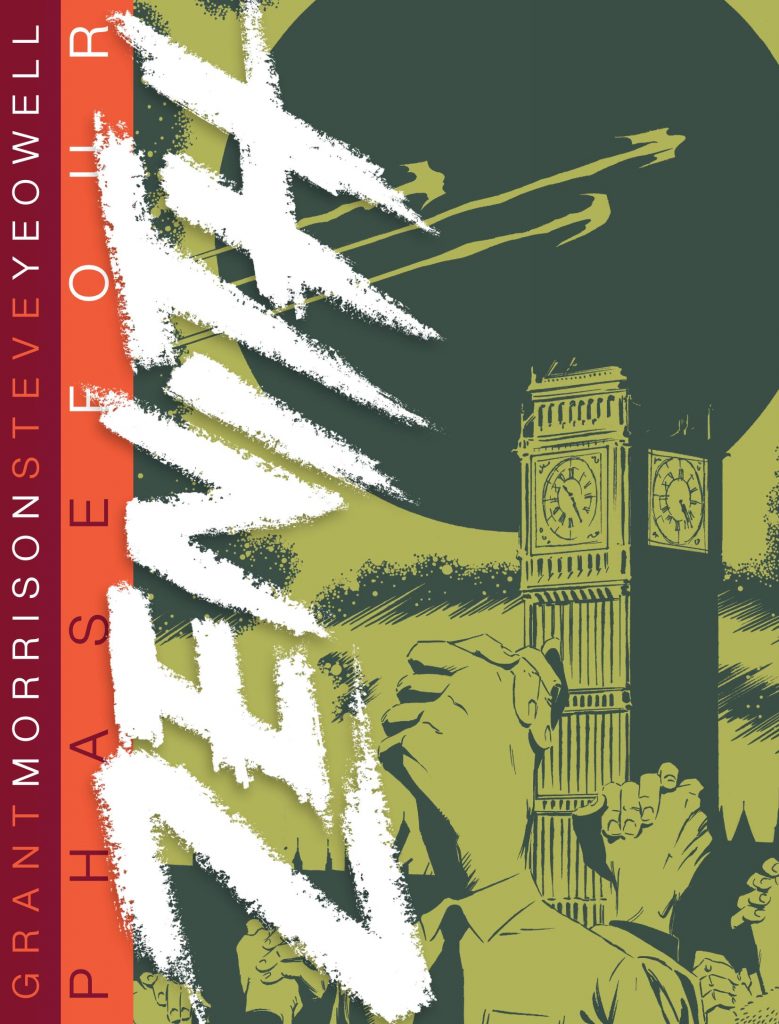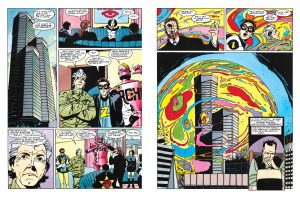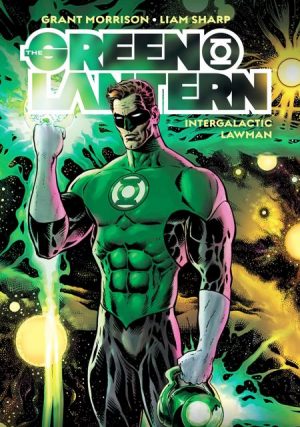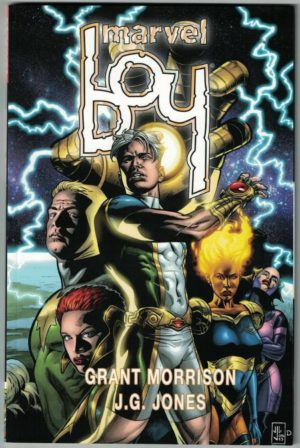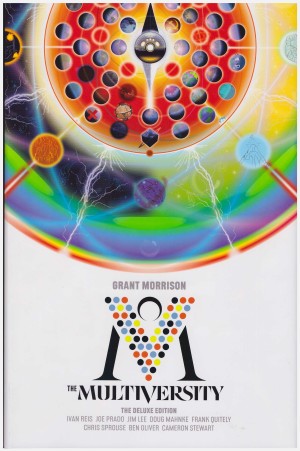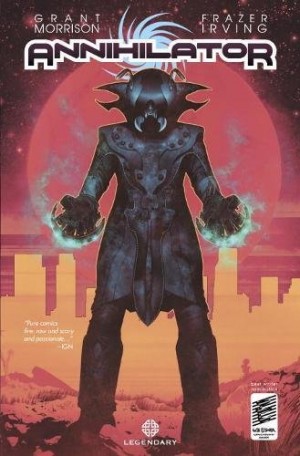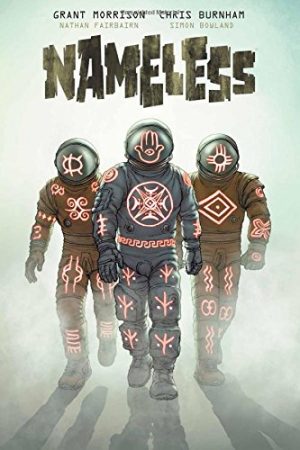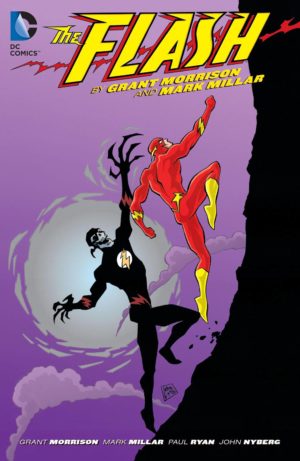Review by Ian Keogh
Without manifesting in full, the over-arching plot connecting the previous Zenith outings is the threat of ancient monsters called the Lloigor wanting to wipe out humanity across every dimension. Considering Zenith had done little more than use his super powers as a marketing tool, it’s been a steep learning curve, with Phase Three bloody and revelatory. Phase Four completes his story.
It’s the first of the series in colour, and before this edition had been unseen outside the original comics for over twenty years. After the troublesome Phase Three, Morrison pulls everything together. The starting point is a foreboding and regretful prologue narrated by geneticist Michael Peyne, the only human left alive in a world that has come to pass. Morrison then constructs that world, for the first time in the series really moving away from conformity. There are touchstones, Miracleman in particular, but Morrison presents a different extrapolation of the idea of superheroes considering themselves superior. He floods the story with ideas in a way not seen in previous Zenith outings, yet while concept-heavy Phase Four always remains accessible. We can all visualise four psychics battling over the future of humanity while standing together in a room.
Steve Yeowell too transmits better here, more inclined to cement the cast in viable locations, spending more time constructing backgrounds. While previously shading had done the job, here Gina Hart’s colouring provides the depth, and while the swirls on the sample art could just about have worked in black and white, they wouldn’t have anywhere near the same visual impact.
For all the ideas, what makes Phase Four work so well is the characterisation. Morrison has taken most of his cast on a journey, yet they’ve remained true to what they essentially are, and this provides the surprises. The arrogant politician of Phase One has become the potential world-saving architect, while Zenith might attempt the occasional superheroic act, but it’s always self-serving and largely ineffective. He’s primarily there as the voice of the audience, plus no-one would read Peter St John: Tory Superhero.
Because Zenith was so influential back in the day, earlier volumes don’t stand up as well now. The ideas have been strip-mined and recycled, so they’re no longer as fresh. Phase Four still reads well because while other writers can seize on ideas they’re unable to match Morrison’s sensibilities, nor his conceptual depth, and this is a compact distillation of neat ideas that’s also a fast-paced superhero adventure with clever twists. There’s no letdown with the ending either, which reverses the experience of Phase Three by working better in a collection than serialised, when readers had forgotten what happened ten weeks previously. Frighteningly, Morrison also manages to predict the real world death of John Smith eighteen months before it happened, and from the same cause.
Morrison and Yeowell revisited Zenith for eight pages in 2000, updating technology and events, and Zenith himself may now have a goatee, but he’s basically unchanged. Not as good is Mark Miller’s 1990 look at alternative universes via the text rants of Arthur Montgomery, while the collections closes with Yeowell’s cover reproductions. It’s the best of the fondly-remembered run.
